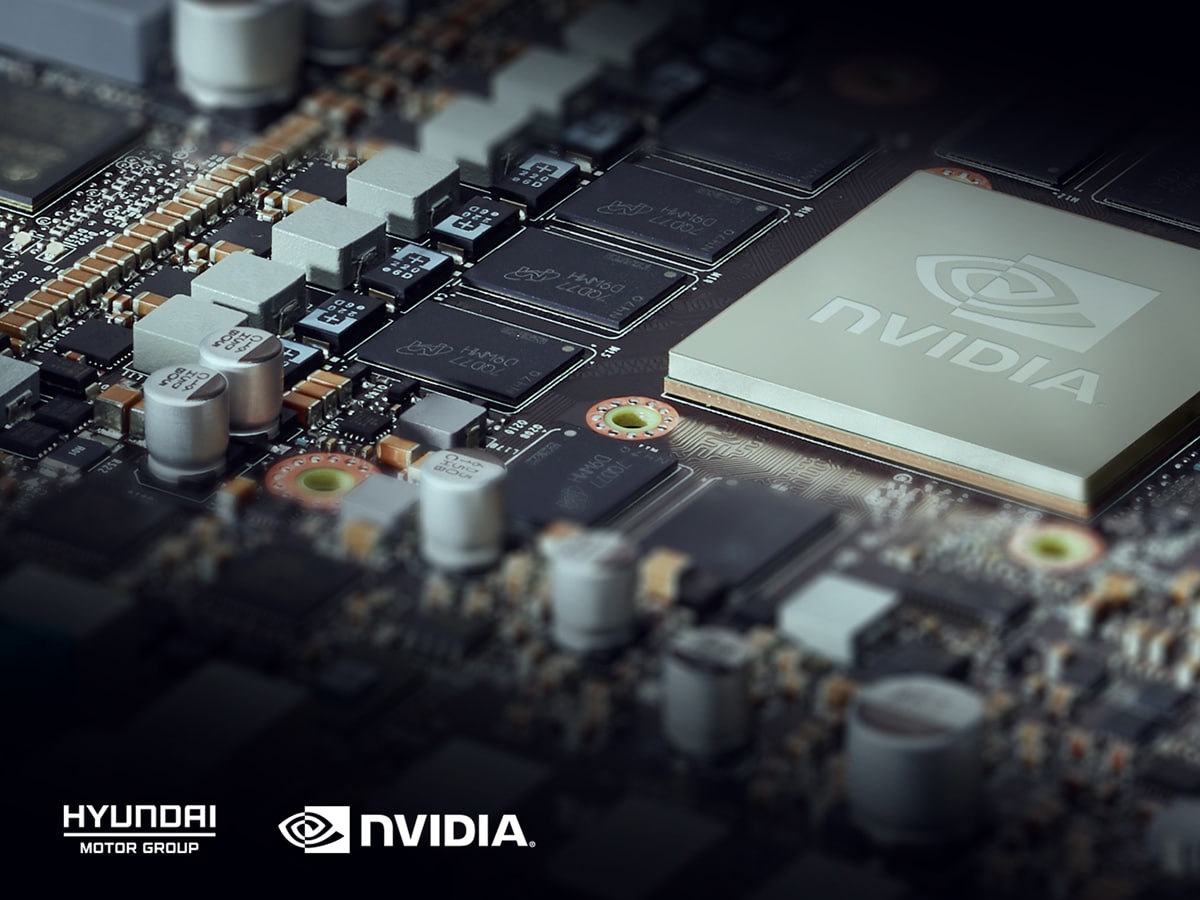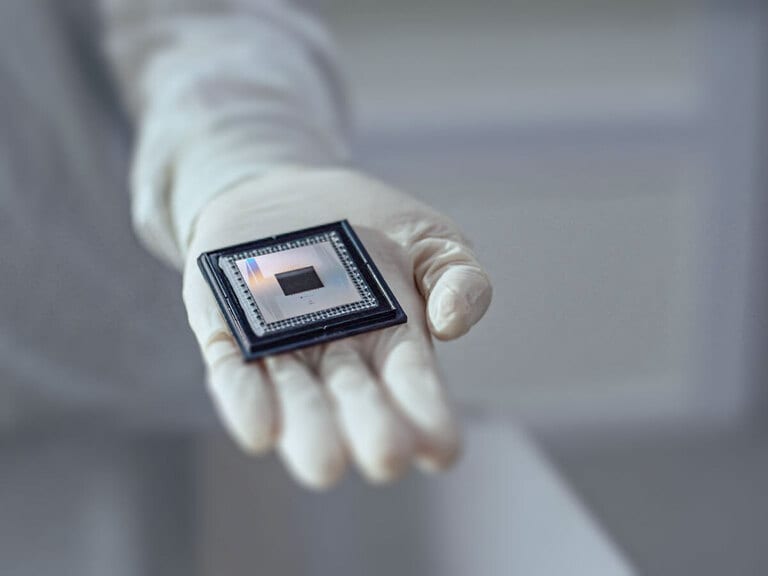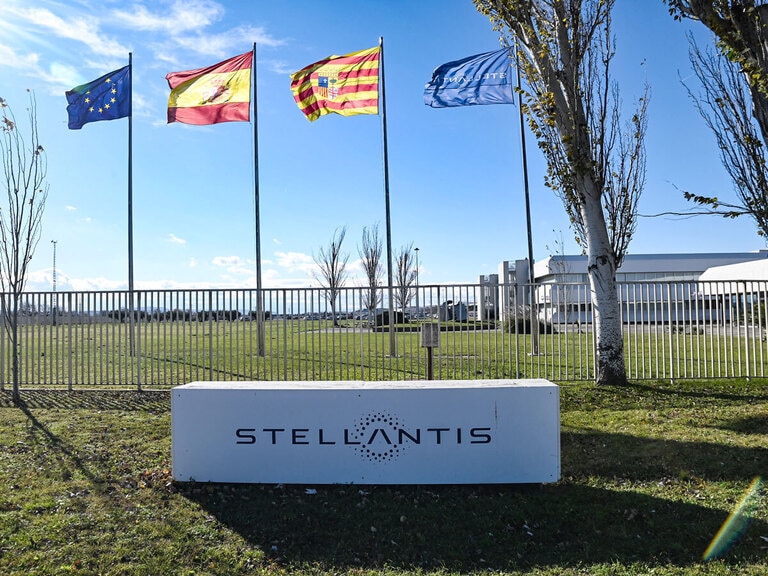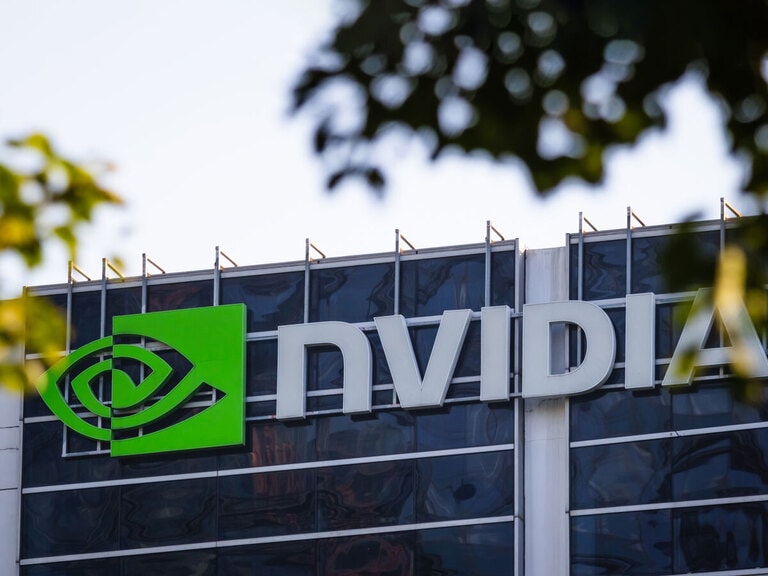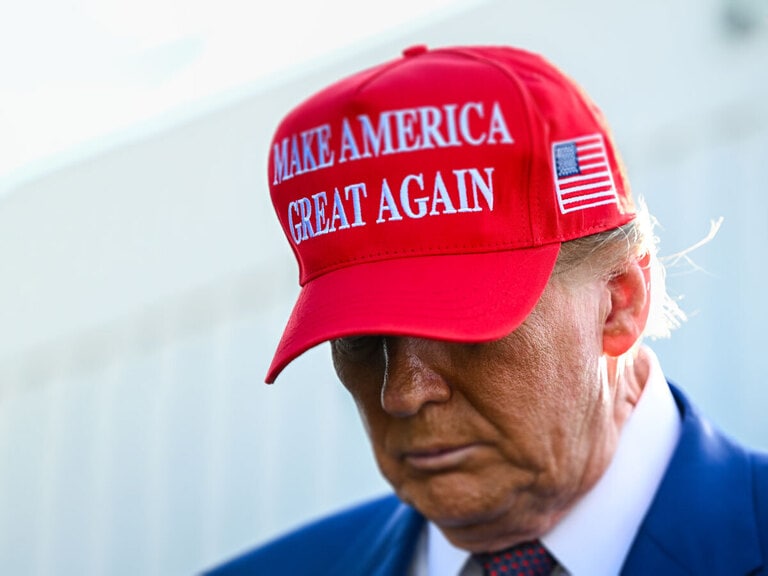A global semiconductor shortage is hampering the share prices of chipmakers, but you probably couldn’t guess it from the performance of the Nvidia [NVDA]. Since the start of the year to 28 July, the Nvidia share price has gained 49.5% and is up 91.1% in the last 52 weeks.
Back in May, the chipmaker announced a four-to-one stock split that took place on 20 July. The Nvidia share price is up 4.8% since that date but down 6.6% from its 52-week high of $208.75 that it hit during intraday trading on 7 July.
49.5%
Nvidia's YTD share price rise
The Nvidia share price is outperforming the PHLX Semiconductor Index [SOX], which tracks the 30 biggest companies in the industry. The index is up 15% year-to-date (through 28 July) and 52.8% in the last 52 weeks.
The stock split could attract investors who previously considered the Nvidia share price to be too high. However, the stock’s price to sales (P/S) ratio is at 25.54 times trailing 12-month sales as of 27 July. In comparison, rivals Advanced Micro Devices [AMD] and Intel [INTC] have P/S ratios of 9.09 and 2.80, respectively, in the same period.
ARM acquisition delays stall Nvidia share price
One of the reasons investors and traders may be willing to overlook Nvidia’s high P/S ratio is if they’re convinced the chipmaker’s proposed acquisition of ARM Holdings will be approved by regulators.
The UK Competition and Markets Authority submitted a report to the Secretary of State on 20 July detailing whether the deal could be deemed anti-competitive. It also reportedly contains details as to any potential national security concerns the acquisition might present.
One of the arguments levelled at Nvidia is that ARM’s technology would give it unfavourable control over the semiconductor industry — ARM-based processors are used by the likes of Apple [APPL]. In response to this, Nvidia has been adamant from the outset that it’ll maintain ARM’s independence and integrity.
“The combination of Arm and Nvidia is a better outcome than an IPO. The level of investment that will be needed to lead in artificial intelligence will be unprecedented” - ARM CEO Simon Seager
It’s not just the UK that Nvidia needs to appease. The merger also requires approval from the US and Europe. Nvidia hasn’t yet submitted paperwork to the European Commission and, with European summer vacations occurring until September, a potential deal faces delays.
The Telegraph has suggested that if delays mount further, SoftBank Group [9984.T] wouldn’t rule out a stock market float, which would most likely be in New York.
“The combination of Arm and Nvidia is a better outcome than an IPO. The level of investment that will be needed to lead in artificial intelligence will be unprecedented,” said ARM CEO Simon Seager, according to The Telegraph.
Cryptocurrency mining GPUs weigh down Nvidia share price
Being acquired by Nvidia would undoubtedly help ARM expand into data centres and artificial intelligence (AI).
In the first quarter of fiscal 2022, Nvidia's data centre segment brought in $2.05bn in sales, 36% of total revenue of $5.66bn. This marked a 79% increase from the first quarter of 2021.
Truist Securities analyst William Stein believes there’s upside ahead for the Nvidia share price based on current sector trends. Nvidia is “the leader in parallel compute for AI that affords the company structural growth, deserving a premium multiple,” he wrote in an 8 July note to clients seen by Seeking Alpha.
$5.66billion
Nvidia's Q1 fiscal 2022 data centre segment revenue
Stein raised his target for the Nvidia share price for the second time since the end of May, from $192 to $229, according to TipRanks. This implies a 17.4% upside from its closing price on 28 July.
While its data centre and AI business can give investors a reason to be upbeat, its cryptocurrency business could end up being an overhang on the Nvidia share price.
Pierre Ferragu of New Street Research said in a note to clients seen by Barron’s that $500m to $1bn of first quarter of 2022 revenue could have been linked to cryptocurrency, including mining cards. Ferragu argued that the chipmaker doesn’t have history on its side — the Nvidia share price fell during the crypto crash of 2018, pulling back 43.5% in the second half of the year.
Ongoing volatility in the cryptocurrency market could have a negative impact on the Nvidia share price, rendering its current level too risky an entry point, wrote Ferragu.
Nevertheless, the Nvidia share price performance has helped ETFs power to strong gains. The ProShares Ultra Semiconductors ETF [USD], of which Nvidia is a key holding with a 16.98 weighting, has climbed 31.4% so far this year to 28 July.
Continue reading for FREE
- Includes free newsletter updates, unsubscribe anytime. Privacy policy

